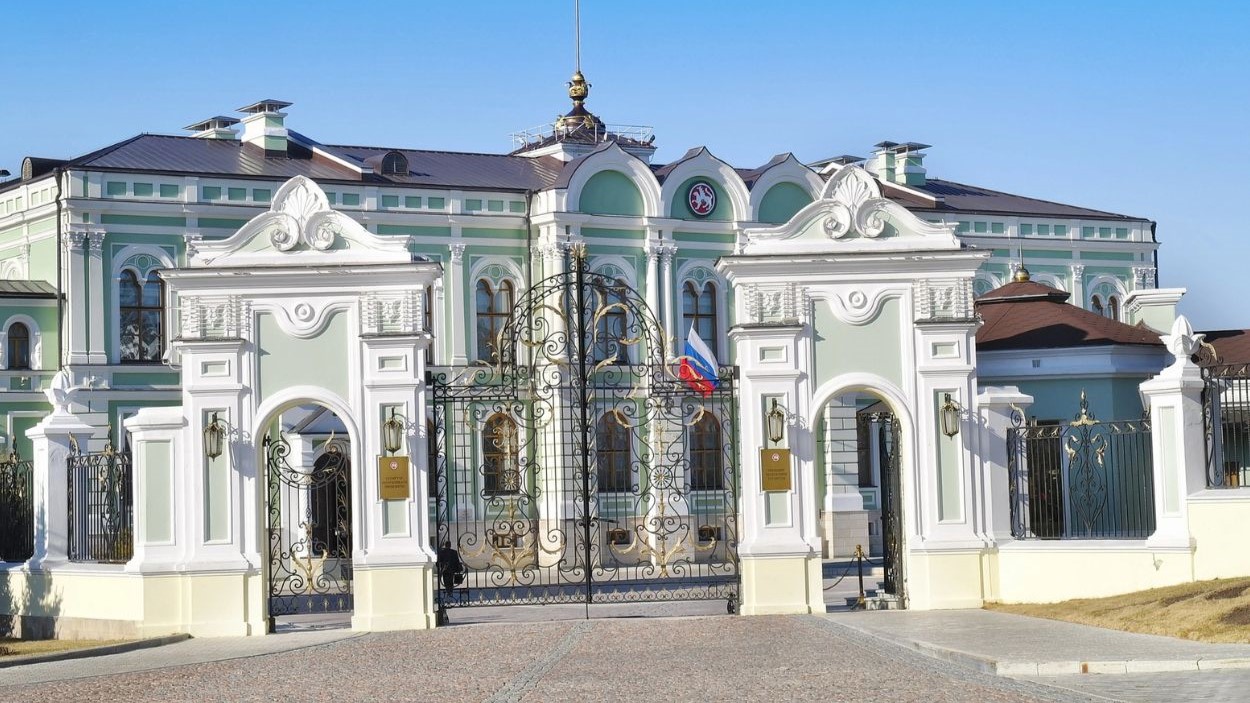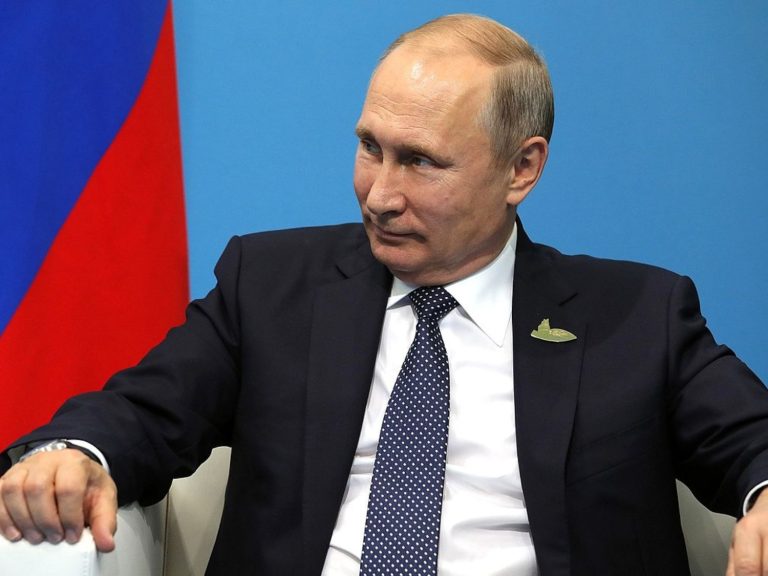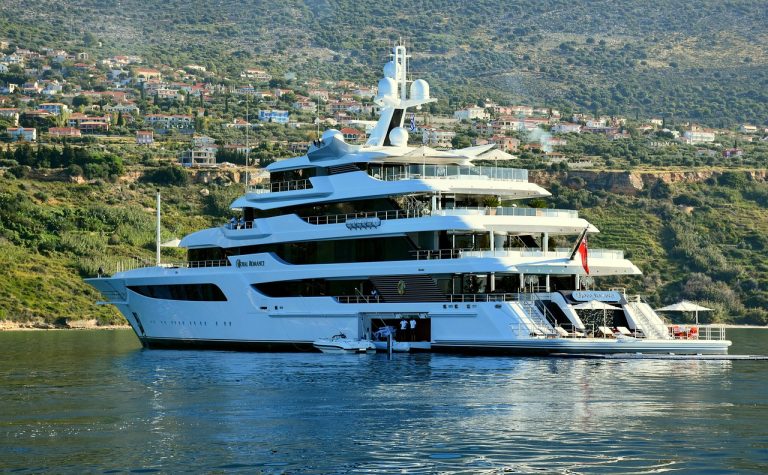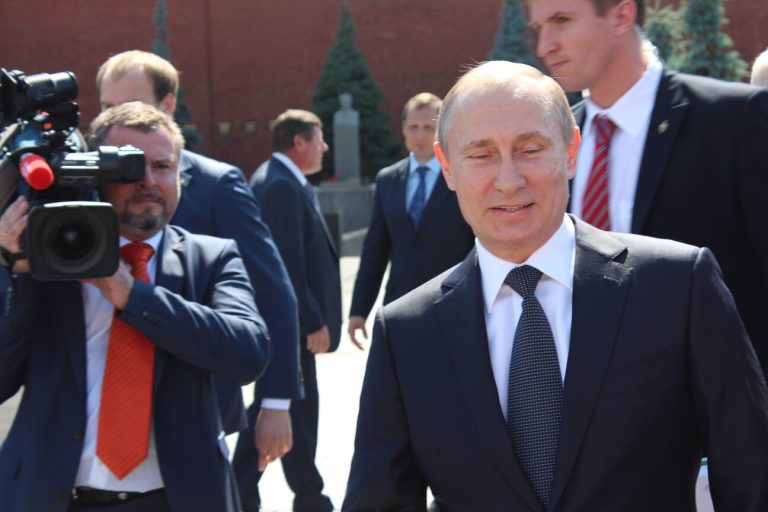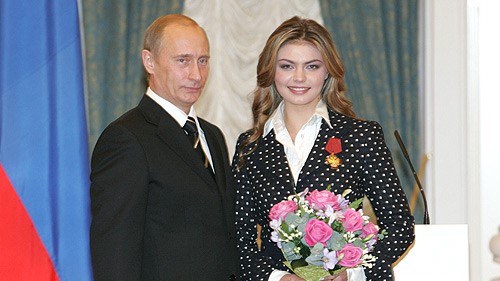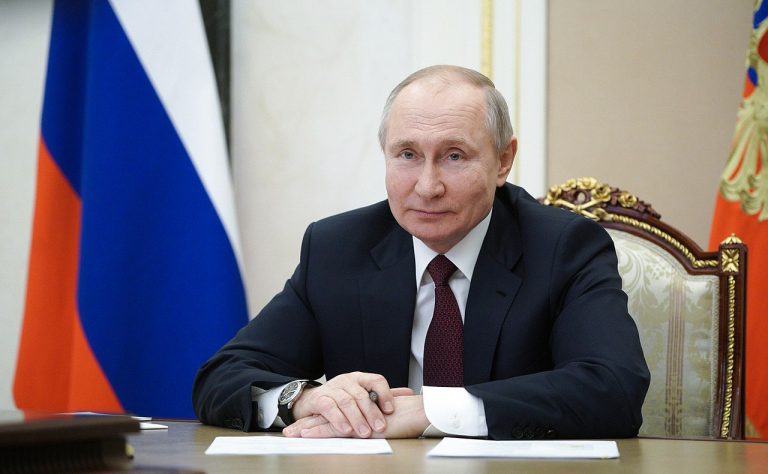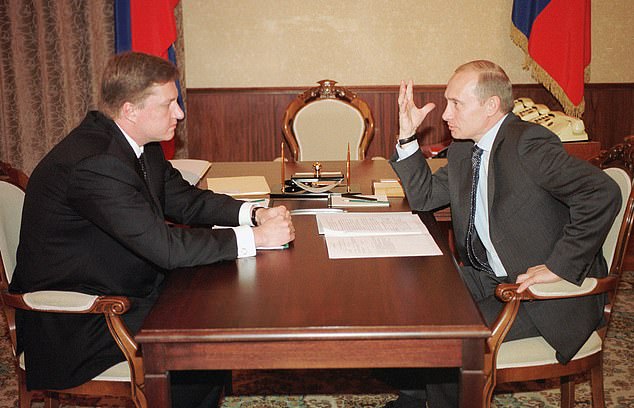The question of where Putin lives involves looking at official government buildings and alleged private estates linked to him. Many sources say Putin has several compounds in Russia. But, it’s hard to know where he is every day because of security and government secrets.
Official records show Putin works from Novo-Ogaryovo near Moscow. This is because of traffic. The Kremlin is used for ceremonies. Other state buildings are where he works.
There have been reports of controversial properties through corruption investigations. For example, a Black Sea palace has been in dispute over ownership. These homes show how the government uses resources and raises questions about transparency.
Putin’s homes have changed over time. Some are official, while others are disputed. Whistleblowers have made claims, but officials deny them.
The Kremlin: Putin’s Official Presidential Residence
The Kremlin is Russia’s command center, where Vladimir Putin works and holds ceremonies. It’s a fortified complex in Moscow, serving as the Russian power seat for over 500 years. Its red walls and golden domes make it famous worldwide.
Putin uses the Kremlin for official duties, not daily life. It has offices, meeting rooms, and ceremonial spaces for big decisions. The Kremlin is a UNESCO World Heritage site and a working government, blending history with modern needs.
Inside the Kremlin Presidential Complex
The Kremlin covers 68 acres, surrounded by nearly 1.5 miles of walls. Twenty towers, including the Spasskaya Tower, mark its perimeter. Inside, you’ll find palaces, cathedrals, and buildings showing Russia’s architectural growth.
The Senate Building is Putin’s main workspace. Built in the 1770s, it houses the presidential administration. Its green dome is a symbol of Russian leadership.
The Grand Kremlin Palace is the largest structure, with 700 rooms. Built from 1837 to 1849, it hosts state receptions. The St. George Hall, with its marble and gold, is where presidents are inaugurated.
At the Kremlin’s heart is Cathedral Square, home to historic cathedrals. The Assumption Cathedral, where Russian rulers were crowned, is now a museum. These buildings symbolize Russian culture and heritage.
The Working and Living Quarters
The Kremlin has clear work and living areas. The Senate Building and parts of the Grand Kremlin Palace are for work. These areas have offices, meeting rooms, and communications for Putin’s team.
Living quarters are mostly for guests and emergencies. Unlike Soviet leaders, Putin doesn’t live here. He has a separate home outside the Kremlin.
The Kremlin’s work areas have modern tech. Putin can meet with governors and commanders via video. Situation rooms track domestic and international news.
Ceremonial spaces mix old charm with modern needs. State halls look like they did in the 19th century but have modern systems. This balance keeps the Kremlin as a working government and cultural treasure.
Security and Access to the Kremlin Grounds
The Federal Protective Service (FSO) keeps the Kremlin safe. This elite agency has 20,000 staff dedicated to protecting leaders. The complex has multiple security layers, each with strict access.
The Kremlin Regiment guards the complex. Founded in 1936, they are chosen for their skills. Guards at the Tomb of the Unknown Soldier and major gates follow strict rules, attracting tourists and keeping the area secure.
| Security Zone | Access Level | Personnel Allowed | Verification Required |
|---|---|---|---|
| Public Museum Areas | Tourist Access | General visitors with tickets | Passport and security screening |
| Administrative Buildings | Restricted Access | Government staff only | FSO-issued credentials and biometric scan |
| Presidential Wing | Highly Restricted | Approved senior officials | Multiple FSO clearances and escort required |
| Security Command Center | Maximum Security | FSO personnel only | Biometric verification and continuous monitoring |
Air defense systems cover the Kremlin, with no-fly zones around it. Vehicles face many checks before entering. Tunnels connect buildings, ensuring safe movement during emergencies.
Visitors can see museums and parts of the complex. But active government buildings are off-limits to unauthorized visitors.
The FSO uses advanced tech for surveillance. Cameras, sensors, and monitoring systems watch over the complex. A central command center tracks all activity, ready to respond to threats.
Where Does Putin Live in Moscow?
Putin’s house in Moscow is a secret, but it’s believed to be in a guarded estate. The Kremlin is his official office, but he works mostly from another place. His home in the Moscow region is where he makes most of his decisions.
This move from the city center to a suburb is for security and practical reasons. The estate is about 12 miles west of Moscow, away from the city’s traffic. Putin said in 2012 he would work from there instead of commuting to the Kremlin.
Novo-Ogaryovo: The Primary Moscow Residence
Novo-Ogaryovo is Putin’s main home and office as president. It’s in the Odintsovsky District, along a prestigious highway. This place has been the center of Russian government for over 20 years.
The area is known for its luxury homes and diplomatic buildings. Putin chose this location to be outside Moscow’s busy center.
The COVID-19 pandemic showed Novo-Ogaryovo as Putin’s real home. In April 2020, he stayed there after meeting someone who tested positive. This made Novo-Ogaryovo his quarantine spot, not just another office.
Putin moved from the Kremlin to avoid Moscow’s traffic. The city’s traffic can make commutes very long. Working from Novo-Ogaryovo helps him avoid traffic and keeps his movements private.
Historical Background of the Estate
Novo-Ogaryovo started in the Soviet era. Soviet Premier Georgy Malenkov built it in the 1950s as a personal retreat. His daughter, an architect, designed it, using parts of an old villa.
Malenkov was Soviet leader briefly after Stalin died in 1953. He lost power to Nikita Khrushchev. But the estate stayed in government hands.
Boris Yeltsin used it in the 1990s, but not as his main office. Putin renovated it in 2000. He moved there permanently after the renovation.
The estate has a long history, from imperial Russia to today. It shows how Russian leaders have always valued country estates. Putin’s choice of Novo-Ogaryovo reflects a long tradition in Russian governance.
Modern Facilities and Amenities
Novo-Ogaryovo is a secure home and government office today. It has a high wall and many security features. This keeps it safe from outsiders.
The estate has offices and homes. Putin has private areas for work and living. This keeps his personal and professional life separate.
The estate has top-notch communication systems. Putin can talk securely with anyone. It also has backup power for emergencies.
There are also sports facilities and gardens. Putin likes to stay fit and enjoy the outdoors. The estate is big enough for security and comfort.
It’s easy to get to the Kremlin or other places from Novo-Ogaryovo. There are helicopter pads and secure roads. This lets Putin respond fast while staying in his suburban home.
Putin’s Black Sea Palace: The Controversial Billion-Dollar Estate
A huge estate on Russia’s southern coast is at the center of corruption claims against the Russian president. The massive complex near Gelendzhik has been the focus of years of reports and leaked documents. Despite official denials, the Putin black sea palace is widely known as one of Putin’s secret properties.
Many have questioned the estate’s funding, with some saying it was built through corrupt means. The luxury of the palace contrasts with claims that Putin has no connection to it.
Location and Scale of the Black Sea Residence
The palace sits on 74 hectares of land near Praskoveyevka village. It overlooks the Black Sea from a high point. The main building is 17,700 square meters big, making it one of Russia’s largest homes.
Construction started in 2005, with the Presidential Property Management Department involved. The location offers stunning views and is hard to reach. The FSB has set up a prohibited airspace P116 over it, keeping planes away.
The restricted airspace is unusual for a private home. It suggests the government might own the estate, despite official denials. The grounds have more than just the main palace.
Leaked Details and Public Investigations
In December 2010, businessman Sergei Kolesnikov wrote to then-President Dmitry Medvedev. He said the palace was built for Putin using state funds meant for healthcare. He claimed the cost was $1 billion, with some of it coming from corrupt deals.
A 2014 Reuters report found evidence to support Kolesnikov’s claims. It showed how money meant for medical equipment was used to build the palace. This money came from state healthcare budgets.
In January 2021, Alexei Navalny’s Anti-Corruption Foundation released a detailed report. The FBK investigation found the palace cost over 100 billion rubles ($956 million). The report included architectural details and worker testimonies.
Photos leaked in 2011 and 2022 showed the palace’s luxury. These images confirmed the reports of its grandeur. The leaks sparked public debate on Putin’s wealth and corruption.
Official Denials and Ownership Questions
Putin and the Kremlin have always denied any link to the palace. The property has changed hands several times, with each transfer under scrutiny. In 2011, businessman Alexander Ponomarenko bought it for about 10 million rubles after media attention.
In January 2021, construction magnate Arkady Rotenberg claimed to own the estate. Rotenberg, a close friend of Putin, said it was an unfinished hotel project. He provided no documents to support this claim.
Experts have questioned these claims due to the estate’s security. The FSB’s no-fly zone and state security presence suggest government control. Private homes do not usually have such security.
| Year | Claimed Owner | Transaction Details | Context |
|---|---|---|---|
| 2005-2010 | Initial Developers | Construction via Presidential Property Management Department | Sergei Kolesnikov allegations emerge |
| 2011 | Alexander Ponomarenko | Acquired for approximately 10 million rubles | Following media exposure and corruption reports |
| 2021 | Arkady Rotenberg | Claimed ownership as “aparthotel project” | After FBK documentary release; no documents provided |
The pattern of ownership changes after negative publicity raises suspicions. Each new owner has ties to Putin. The lack of clear ownership documents contrasts with the estate’s extensive security.
Luxury Features and Amenities
The palace has amenities like an indoor pool, aquadiskotheque, spa complex, and Turkish baths. It also has a hookah bar, casino, theater, and cinema.
The estate has about a dozen guest rooms, with the master suite being 260 square meters big. Italian architect Lanfranco Cirillo designed it with luxury materials. There’s a wine cellar for storing wine.
The grounds have a private church, amphitheater, greenhouse complex, and helipad. An 80-meter bridge connects different parts of the property. There’s also a tunnel with a tasting room.
There’s an arboretum, ice palace for skating, and a private gas station. The estate is self-sufficient, with all services available on-site. This suggests it’s used regularly, not just for occasional visits.
Between 2017 and 2018, extensive mold infestation led to a complete rebuild of the interior. This renovation allowed for changes to the original design. In 2024, reports showed entertainment rooms were turned into lounges, and a chapel was added.
The ongoing maintenance and updates show the palace is used regularly, despite official claims. The scale of the operations and security suggest state support. These contradictions have kept the estate in the spotlight.
Secret Mansions and Luxury Estates Across Russia
Reports have uncovered a network of properties across Russia. These include both official state residences and luxury estates linked to Putin. The extent of these facilities is a topic of debate among opposition figures and journalists.
Some properties are open to any Russian president, while others are linked to Putin through financial and security ties. The line between these is often unclear. Official records provide little insight into the full scope of presidential facilities.
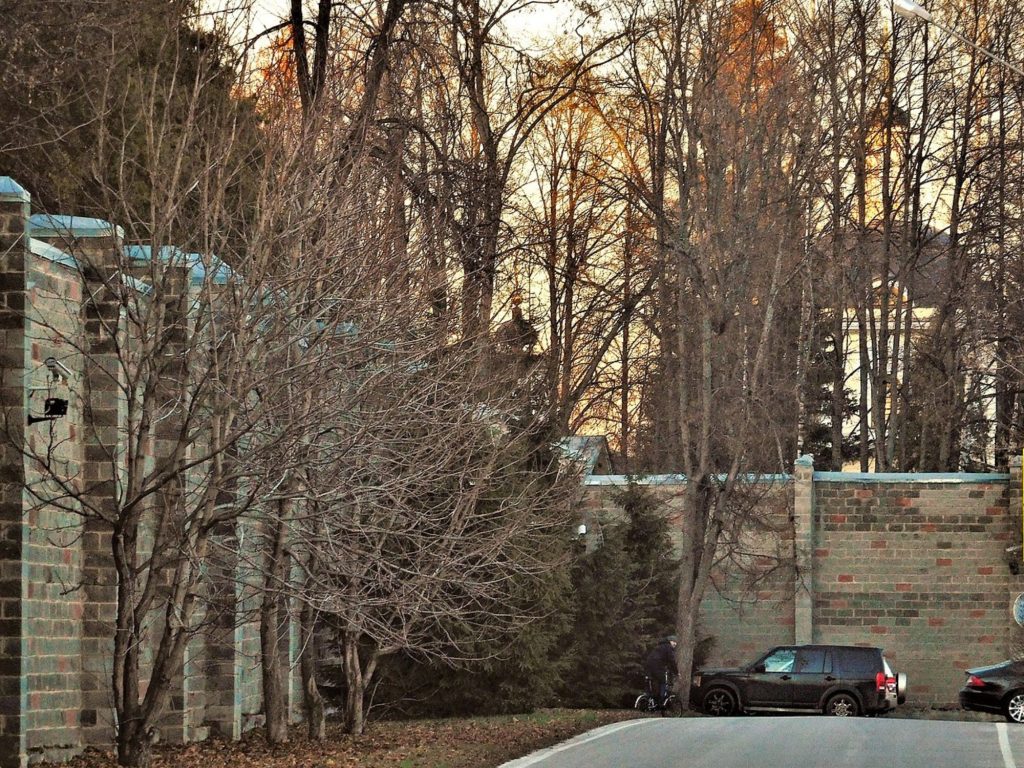
The Valdai Residence Complex
The Valdai residence is located in northwestern Russia. It’s near a lake district known for its beauty and traditional architecture. This retreat hosts the Valdai Discussion Club, where Putin meets with experts and journalists.
The estate has forested grounds and access to Lake Valdai. Its security is similar to other presidential properties. The exact details of this retreat are classified.
Valdai-area properties have been used by Russian leaders for decades. The current setup includes both work and living spaces. It reflects Russia’s preference for nature retreats.
Properties in Sochi and the Caucasus Region
The Sochi area has several state facilities, including the controversial palace at Cape Idokopas. Sochi was developed before the 2014 Winter Olympics, adding luxury estates. This region is important for its warm-weather retreats.
Reports mention several estates in the Caucasus mountains and along the Black Sea. These include:
- Mountain retreats in the highlands above Sochi
- Coastal villas with private beach access
- Modern facilities built during the Olympics
- Historical estates with modern upgrades
Journalists have found security details and construction around these places. These properties have advanced systems, helipads, and strong security. It’s hard to tell which are official and which are personal.
Lake Baikal and Siberian Retreats
Properties in Siberia and the Lake Baikal region are at the eastern edge of Putin’s network. They are in remote areas, providing privacy. These retreats are important for security and symbolizing Russia’s vast territory.
Reports say there are luxury lodges near Lake Baikal with stunning views. The Zavidovo hunting estate north of Moscow is also a retreat. These places have rustic looks but modern comforts and security.
The Siberian properties are not well-documented. Their remote locations make it hard to verify details. Some are officially state properties, while others might be linked to Putin through associates.
The Bocharov Ruchey Residence
Bocharov Ruchey is an officially acknowledged state residence in Sochi. It has been used by leaders for over 60 years. Unlike some properties, Bocharov Ruchey is known for its official status and hosts diplomatic meetings.
The estate has Stalin-era architecture and subtropical gardens. Putin uses it for official business in the summer. It has secure rooms, guest quarters, and recreational areas. Its official status sets it apart from the controversial palace at Cape Idokopas.
Properties in Crimea have been added to Putin’s portfolio after Russia’s 2014 annexation. The “Glitsiniya” dacha was bought for 1.2 billion rubles, linked to Putin associate Yuri Kovalchuk. Other Crimean properties include the Livadia Palace and Massandra Palace, both state facilities.
The total number of presidential residences in Russia is not fully known. Officially, there are about 20 state residences. Investigations suggest there could be many more. The line between state properties and personal holdings linked to Putin is a topic of debate.
How Many Properties Does the Russian President Control?
Figuring out how many properties Putin controls is tricky. It involves looking at official state homes and private estates. Some properties are clear, while others are hidden behind companies.
Ownership is often unclear, making it hard to count Putin’s properties. Some are owned by the state. Others are in the names of people close to Putin.
Official State Residences
The Kremlin is the main official home of the Russian president. It’s used for work and as a symbol of power. The Senate Palace inside the Kremlin is where the president does official business.
Novo-Ogaryovo became a presidential residence in 2000. It’s in the Moscow suburbs and has modern security. It’s used for living and official meetings.
Bocharov Ruchey is another official residence. It’s by the Black Sea and has been used by leaders for decades. It’s a summer home for the president.
Alleged Personal Properties
The question of Putin’s personal homes is the most debated. The Black Sea palace is a big part of this. It’s said to be worth a billion dollars and was built for Putin.
The Anti-Corruption Foundation released plans and documents in 2021. They showed luxury features not typical of government homes. Putin denies owning it, but it has state security.
Other homes are also in question. They are near Valdai, the Caucasus coast, and Siberia. These homes are linked to Putin through investigations, but not through direct documents.
Properties Linked Through Associates
The Black Sea palace has changed hands several times. Nikolai Shamalov and Alexander Ponomarenko were involved. It was sold to Alexander Ponomarenko for 10 million rubles, despite its high cost.
Arkady Rotenberg, a friend of Putin, now owns it. This pattern of ownership through friends makes it hard to say who really owns it. The use of bearer shares and offshore companies makes it even harder.
The state paid for the palace’s infrastructure. Roads, power lines, and gas pipelines were built for it. The Federal Agency for Special Construction rents space there for 35 million rubles a month.
Yuri Kovalchuk and other friends of Putin own more properties through similar ways. This shows a pattern of using friends’ names to hide ownership. It helps Putin keep control without being directly linked to the properties.
Estimated Total Value of Putin’s Residences
It’s hard to say how much Putin’s homes are worth. Investigators have found figures for some homes. But, the real total is likely higher.
Kolesnikov said the Black Sea palace cost $1 billion in 2010. The Anti-Corruption Foundation found it cost over 100 billion rubles. Ponomarenko said it was worth $350 million.
The Crimean dacha cost 1.2 billion rubles. Other homes are worth tens or hundreds of millions of dollars. The value of historic homes like the Kremlin is hard to estimate.
The table below shows some of Putin’s homes, who owns them, and their estimated values:
| Property | Official Status | Documented Ownership | Estimated Value |
|---|---|---|---|
| Kremlin Complex | State Presidential Residence | Russian Government | Historic Asset |
| Novo-Ogaryovo | Official Residence (2000) | Russian Government | Undisclosed |
| Black Sea Palace | Denied by Kremlin | Rotenberg (via associates) | $350M – $1B |
| Bocharov Ruchey | State Residence | Russian Government | Historic Asset |
| Crimean Dacha | Unclear | Through associates | 1.2B rubles ($16M) |
It’s hard to know how many homes Putin has because of unclear ownership. Official homes are clear. But, homes linked to Putin through friends are not. This makes it hard to count his properties.
Investigations say the Black Sea palace cost nearly $1 billion. Adding other homes, the total could be in the billions. But, these figures only include homes that have been found and studied.
Conclusion
The question of where Putin lives is complex. Novo-Ogaryovo is his main work place, announced in 2012. The Kremlin is his official place for ceremonies, showing Russia’s power.
There are more homes linked to Putin through money and friends. The Black Sea palace is a big example, even though Putin denies it. Sochi, Valdai, and other places also have signs of Putin’s use.
Knowing where Putin lives is more than just curiosity. It’s about big political issues. The size and cost of these homes raise questions about corruption and misuse of state money.
To find out where Putin really lives, we need to look at both official homes and those linked by money and security. The truth is hidden by unclear ownership and lack of transparency in Russia.
FAQ
Where Does Putin Actually Live on a Daily Basis?
Putin lives in Novo-Ogaryovo, a state residence in Moscow’s Rublyovo-Uspenskoye corridor. He made this his main home in 2012 to avoid Moscow’s traffic. Novo-Ogaryovo has a high wall, security, offices, and amenities for both work and living.
Is the Kremlin Putin’s House?
The Kremlin is Putin’s official home for ceremonies and work. But, he doesn’t live there every day. Putin uses Novo-Ogaryovo for daily life, focusing on work at the Kremlin.
What is Putin’s Black Sea Palace?
The Black Sea palace is a large estate near Gelendzhik. It has a pool, casino, and more. It’s been linked to Putin through corruption allegations.
Does Putin Own Property in Sochi?
Putin has a retreat in Sochi called Bocharov Ruchey. It’s officially a state residence. Sochi is important for Russia, with many state facilities built for the 2014 Olympics.
Where is Putin’s Secret Mansion Located?
Putin has many secret mansions across Russia. The most famous is the Black Sea palace. It has state security and is funded by the government, despite being owned privately.
How Many Residences Does the Russian President Have?
Putin has many homes, some officially recognized and others not. The Kremlin and Novo-Ogaryovo are official. But, there are also secret homes linked to Putin through financial networks.
When Did Putin Move to Novo-Ogaryovo?
Putin moved to Novo-Ogaryovo in 2000. He chose it as his official residence. In 2012, he decided to work from Novo-Ogaryovo to avoid Moscow’s traffic.
What Luxury Features Does the Black Sea Palace Include?
The Black Sea palace has many luxury features. It has a pool, casino, and more. It’s like a luxury resort, not just a home.
